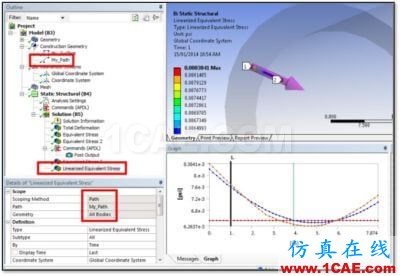

*USE,part1 ! Call the first “subroutine”, if desired *ULIB,mytest1,mac ! Declare this macro file as a macro library ! It is ended by an /EOF command, which is followed by data blocks ! This first block is the main routine, which can do various things. ! IMPORTANT: Place nothing between /EOF and the next data block label. ! This “main” routine calls “subroutine” macros further below. ! This creates a one-file source macro that contains many sub-macros.

! Programming Ansys Macros with callable “Subroutines” in one file.

Programming Ansys Macros with callable “Subroutines” The following example would be stored in a macro file called “mytest1.mac”, which declares itself with a *ULIB command. This complicates the Ansys Macro Programming. The *CREATE command could still be used inside the “main” routine, or a *USE subsidiary macro could be employed, to create Tcl/Tk files.Įxcept for “ARGn” parameters inside a macro, all other Ansys scalar parameters, arrays, coordinate systems, components and component assemblies have global scope. The *CREATE command does not have to be used to create macro files that are called by toolbar buttons for the purpose of user post-processing. In addition to permitting a structured approach to programming, macros inside the resulting macro library can be called by toolbar buttons that employ the *USE command, as long as the *ULIB command is not reset inside any of the macros or by other user actions or macros. Comments on each section follow the Label for the block that is a subsidiary macro for the *USE command. The principal trick in getting this technique to work is to immediately follow each /EOF command that ends a “block” with the Label for the next *USE macro block. These subsidiary macros are positioned after the “main” macro ends with the /EOF command. It calls “subroutine” macros inside itself with the *USE command. The *ULIB command calls its own file using its own file name. This example starts in a “main” routine by declaring itself as a macro library with the *ULIB command. The technique keeps all related macros inside one source file. This can aid simplicity in version control and distribution. mac files stored in one or multiple locations-all can be packaged in a single. A “package” of macros for one purpose does not have to consist of a series of. There is a way to write APDL programs that contain their subroutines in a single file, taking advantage of the *USE command.



 0 kommentar(er)
0 kommentar(er)
